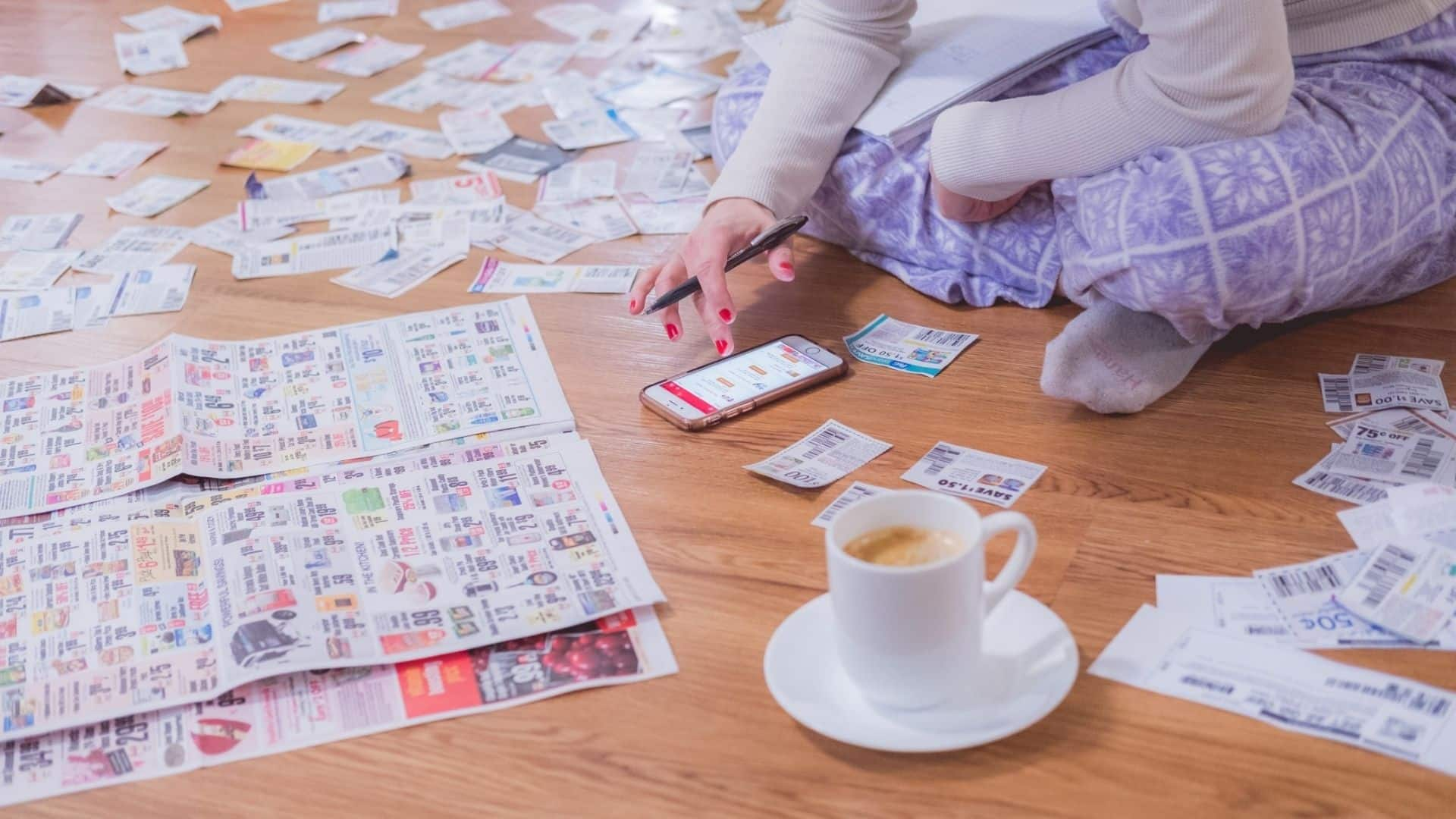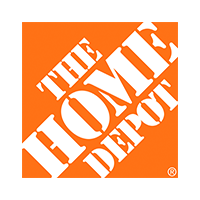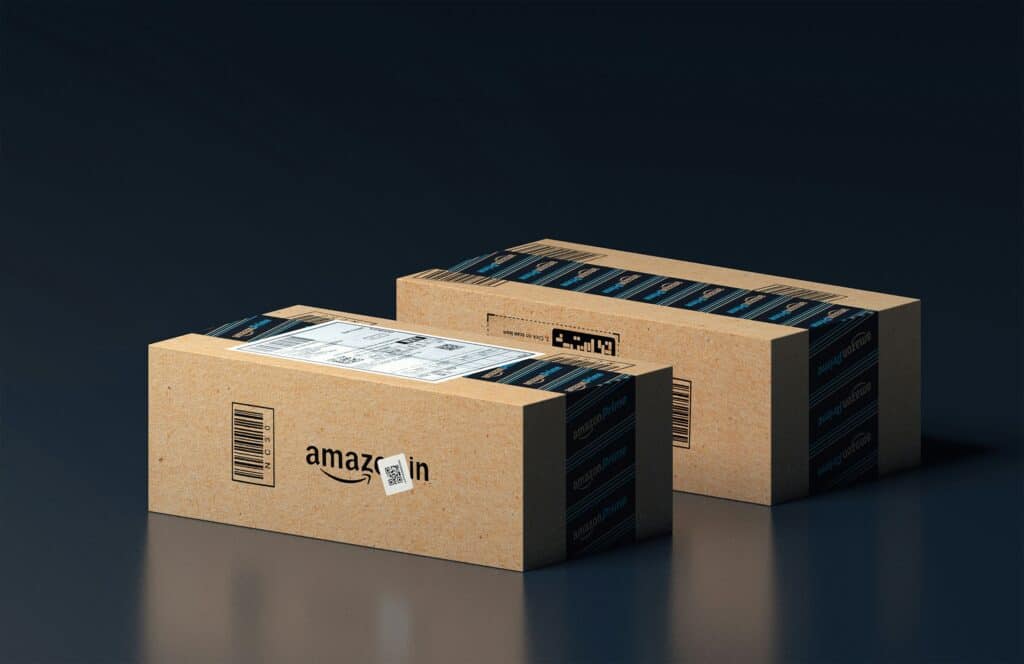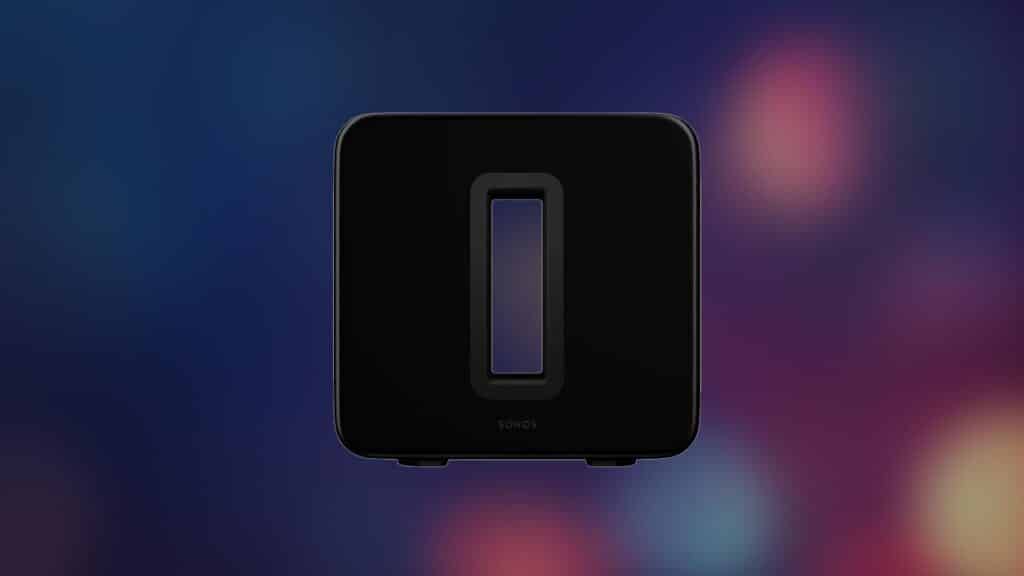Advertiser Disclosure: At Slickdeals, we work hard to find the best deals. Some products in our articles are from partners who may provide us with compensation, but this doesn’t change our opinions. Our editors strive to ensure that the information in this article is accurate as of the date published, but please keep in mind that offers can change. We encourage you to verify all terms and conditions of any product before you apply.
Reading Time: 7 minutesPaying less than retail prices is the goal for most folks when shopping, and learning how to coupon is one key to unlocking that dream. You don’t have to be extreme about it either. Spending just a few minutes finding the right coupons before you head to the store or check out online can lead to big savings in the long run.
Get rid of the stereotype in your mind that couponing is just for intense bargain hunters; it isn’t. You can start couponing in whatever ways are easiest for you, whether that’s clipping paper coupons from the newspaper, adding on promo codes to your online purchases or hunting for manufacturer’s coupons online or in mailers. Once you start, it gets easier — and a little thrilling — to find even bigger coupon discounts.
We’ve already made things easy for you, too. Ahead, you’ll find the ultimate beginner’s guide on how to start couponing. From all the supplies you’ll need to learning about overage coupons and much more, you’ll be saving like a total pro in no time.

Credit: iStock.com/payphoto
What You’ll Need to Get Started
Before doing anything else, get focused and put your organization skills to the test before you dive into the wonderful world of couponing. When it comes down to equipment, you don’t need anything fancy whatsoever. A few of the things you’ll want to keep on hand include:
- Store flyers
- Newspaper coupon inserts
- Computer, tablet or smartphone for online coupons
- Printer
- Scissors
- A place to store your physical coupons

Credit: iStock.com/LukaTDB
How to Start Couponing for Beginners
While it may seem overwhelming, couponing is easier to get into than you think. The biggest rookie mistake is that people think they have to clip every coupon they come across. In reality, doing so is a waste of time and will only slow you down. Searching for and keeping coupons you’ll actually use is a more efficient approach that will save you time and money.
With that said, let’s go over some of the basics of couponing for anyone just getting started.
Where to Find Coupons
Coupons are everywhere. In fact, there’s likely a coupon available for many of the items you buy. You just have to take a bit of time to find the discount. Below you’ll find some of the most common places offering coupons that you may have overlooked.
- Newspapers and Store Flyers: The most obvious places to look are newspapers and store flyers. There are always coupons to clip for products, as well as for restaurants and other services.
- Mail: You can’t go wrong with good old-fashioned snail mail. Some of that junk mail you’ve been tossing every week is actually a gold mine for print and manufacturer’s coupons.
- Brand E-mail Lists: Before checking out with your online purchases, see if the brand will send you a coupon if you sign up for their e-mail list. It may only be a welcome coupon of up to 20% off, but that’s still better than paying the regular price.
- eBay: The online marketplace has an entire section dedicated to coupons for all kinds of things such as food, beauty products and more.
- Coupon Sites: Sites like Slickdeals make it easy to browse through current coupons, discounts and promo codes from hundreds of retailers. Coupons.com is another solid resource that provides free printable coupons for common daily products. Additionally, big brand sites like P&G Everyday have running lists of coupons and promo codes to keep on your radar.
- Apps: Apps from companies like Target, iBotta and more always have coupons or cashback offers that will lead you to major savings. Capital One Shopping even has a browser extension for coupons and lower price alerts to ensure you get the best prices no matter where you end up online.
- Social Media: The power of social media extends to couponing via Facebook Groups and hashtags. Just do some digging, follow your favorite brands and retailers, and you’ll likely be rewarded with exclusive coupons and discounts.
- Pause Your Shopping: Add stuff to your cart and don’t check out quite yet. Sometimes brands will send you reminder coupons enticing you to finalize that pending order.
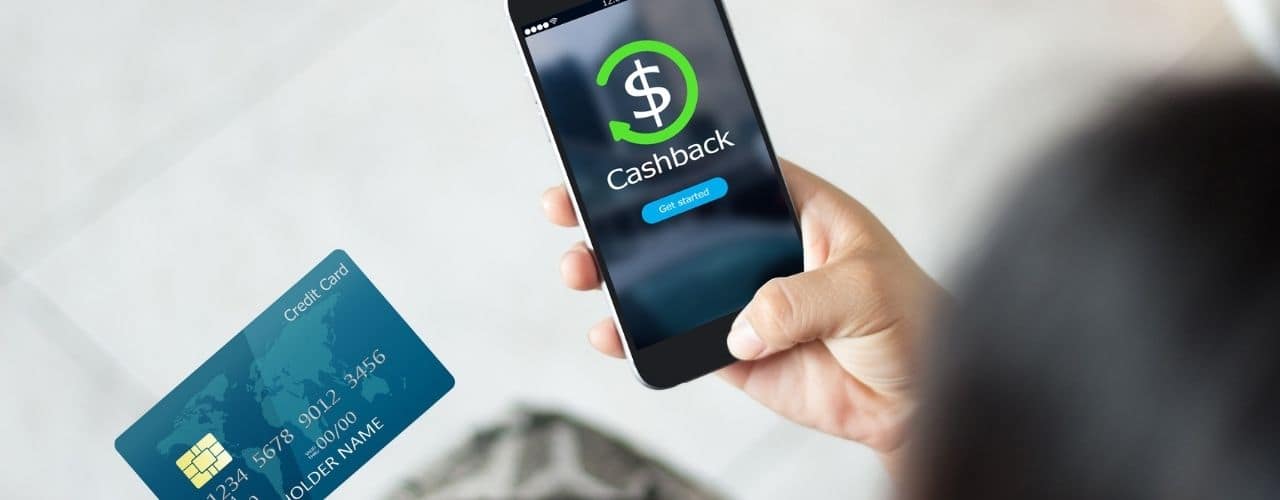
Credit: iStock.com/B4LLS
Determine Your Couponing Strategy
First and foremost, don’t overwhelm yourself by chasing deals. Let them come to you. A reliable way to do this is by narrowing things down and focusing on just one store. For instance, if you shop at Costco a lot, practice couponing there before moving on to anywhere else. Going out of your way for savings isn’t sustainable and may result in a lot of frustration.
Cashback and loyalty programs are basically another form of couponing, and are definitely worth pursuing. Sites like Amazon, eBay, Macy’s, Hotels.com and more have rewards programs that automatically give you money back depending on what you buy, which you can use for future purchases. These programs are also built into many credit cards, so log into your account and see what savings you could be earning.
Additionally, let the internet do some of the hard work. There are endless coupons online, via apps and on social media that you can clip. Quick online searches for coupons may seem pointless, but it never hurts to check, and it could definitely lead to worthwhile price cuts.
Don’t Go Overboard and Shop Responsibly
Just because something is on sale, doesn’t mean you have to buy it. Sometimes low prices are how brands will get you to spend money on a bunch of things you don’t need. Be selective with the discounts you go after and don’t turn into a coupon hoarder with a room stocked full of random stuff. The way to truly win is by figuring out how to slash prices on items you use regularly.

Credit: iStock.com/monkeybusinessimages
How to Stack Coupons
If you have a list of go-to items and you managed to find multiple coupons for them, good for you. This could be the beginning of your first coupon stacking adventure. So what does it mean to stack coupons? It’s basically just a term for using more than one coupon on a product to increase the discount.
The key to stacking is differentiating between your coupons. Some places will let you use both a store and manufacturer’s coupon for the lowest possible price. Target, for example, is a mecca for coupon stacking, allowing shoppers to use one manufacturer coupon (paper or digital), one Target coupon (paper or digital) and one Target Circle offer at the same time. Kohl’s is another favorite among coupon stackers, as you can use various combinations of percentage-off and dollar-off department and store-wide coupons to increase your savings.
While reading the fine print always helps, know that the terms and conditions vary per store. Some stores only allow one coupon per product, while many grocery stores and drug stores, including Publix, CVS, Rite Aid, Walgreens and Dollar General, allow for coupon stacking depending on the coupons. Ultimately, we recommend speaking to someone before checking out. There’s nothing worse than pulling out your pile of coupons only to be told you can only use one of them.

Credit: iStock.com/rez-art
How to Get Overage Coupons
If you want to get really advanced with couponing, explore the concept of overage. While this will require more attention to specific products, we guarantee it’ll be worth it. Let’s say you walk into a store and you have a $3 off manufacturer’s coupon on shampoo, but the store already has that particular shampoo on sale for $1. Don’t worry, that $2 difference won’t go to waste. In some cases, you’ll be able to use that extra amount toward other items you’re purchasing. This can also happen when stacking a manufacturer’s coupon with a store coupon. As long as the discount is larger than the cost of the individual product, you’ve actually made money with your purchase, even if it’s just a few cents.
This may seem like a guessing game, but it happens more often than you think. It just takes a bit more searching on store flyers and newspapers to see what’s on sale and then simultaneously finding the coupon that matches those items.
End-of-season clearances and holidays are usually when the biggest discounts happen, so go hard on aligning overage coupons during those times. Just be aware that many stores do not allow overage coupons, and those that do may have policies in place to limit their impact. When it comes to accepting overage coupons, Walmart is probably the biggest name in the game, but it’s still worth getting to know the policies at your favorite retailers

Credit: iStock.com/Hispanolistic
Bottom Line
Now that you’ve taken in the fundamentals of couponing, we hope you gained a new perspective on the bargain hunting process. Remember, it’s definitely quality over quantity. You don’t need to use all the coupons available to you. Ultimately, buying something you don’t need just because you have a coupon is still a waste of money. Your best bet is to take a closer look at your lifestyle and see what offers are available for your household items and upcoming purchases.
Finally, remember that Slickdeals is here to help. You can navigate multiple sales at once by setting Deal Alerts for items you need, and by checking our coupon pages for current promo codes from your favorite stores.
You can also download the Slickdeals app for iOS or for Andriod to save you money when you shop online. See all the active deals our community of over 12 million deal hunters have found, and easily search and browse items to make sure you’re getting the lowest price on the internet.
Download the Slickdeals App Now
Up Next:

